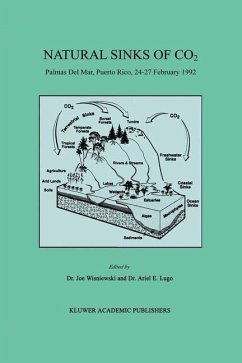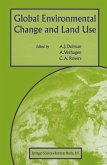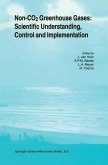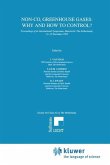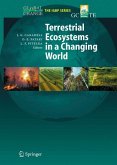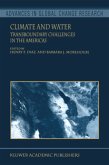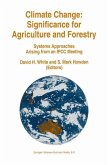Most of the attention with respect to the increase in atmospheric greenhouse gas concentrations centers around three issues: human-generated sources of carbon, mostly from burning fossil fuels; tropical deforestation, which accelerates the production of atmospheric carbon while causting havoc with biodiversity and the economic development of tropical countries; and the temperature increase that may accompany increased atmospheric greenhouse gas concentrations.
This is the first book to focus extensively on the reverse to emissions of carbon dioxide (CO2), i.e. the sequestering of atmospheric carbon by aquatic and terrestrial ecosystems. Natural ecosystems are currently sequestering carbon and it is economically feasible to manage existing and additional terrestrial (forest, soil, saline land) and aquatic (coastal, wetland and ocean) ecosystems to substantially increase the level of carbon storage. The prospect of managing natural systems to absorb additional carbon should begin to change the mindset under which scientists, policy makers and society deal with the issue of further greenhouse gas increases.
This is the first book to focus extensively on the reverse to emissions of carbon dioxide (CO2), i.e. the sequestering of atmospheric carbon by aquatic and terrestrial ecosystems. Natural ecosystems are currently sequestering carbon and it is economically feasible to manage existing and additional terrestrial (forest, soil, saline land) and aquatic (coastal, wetland and ocean) ecosystems to substantially increase the level of carbon storage. The prospect of managing natural systems to absorb additional carbon should begin to change the mindset under which scientists, policy makers and society deal with the issue of further greenhouse gas increases.

